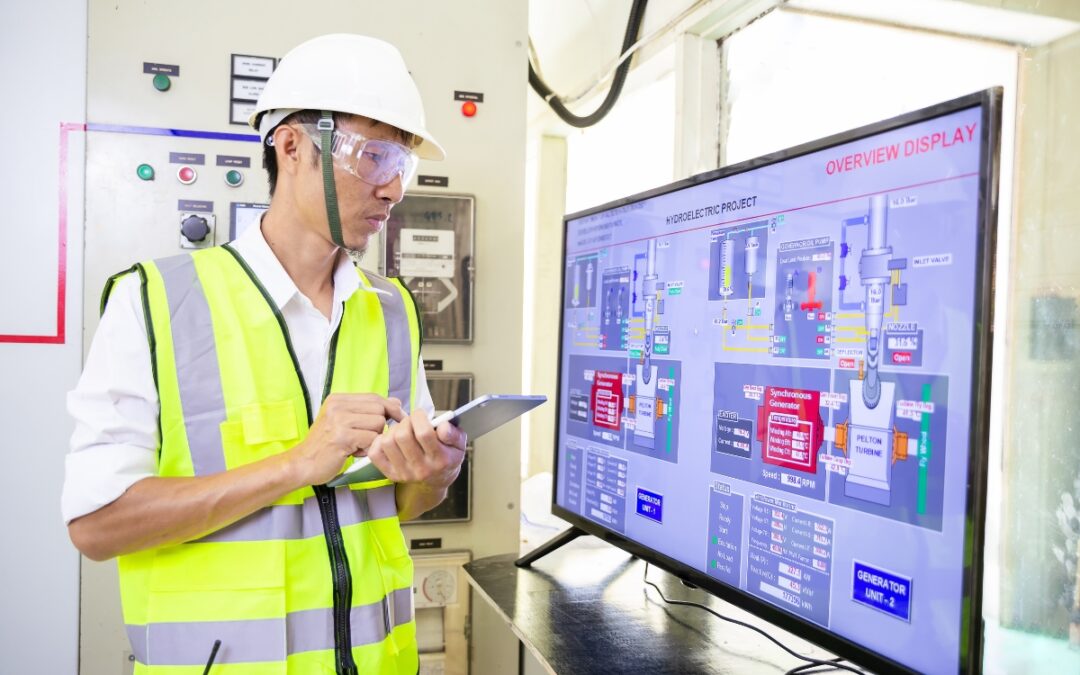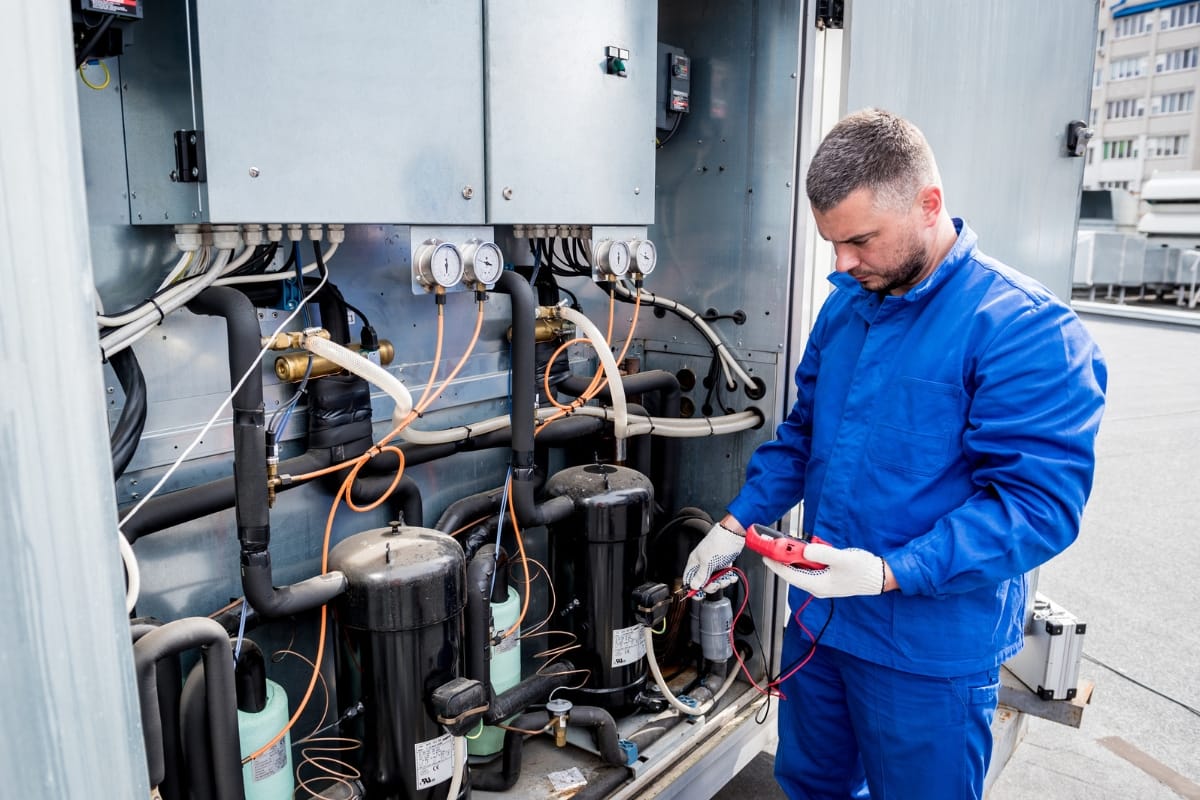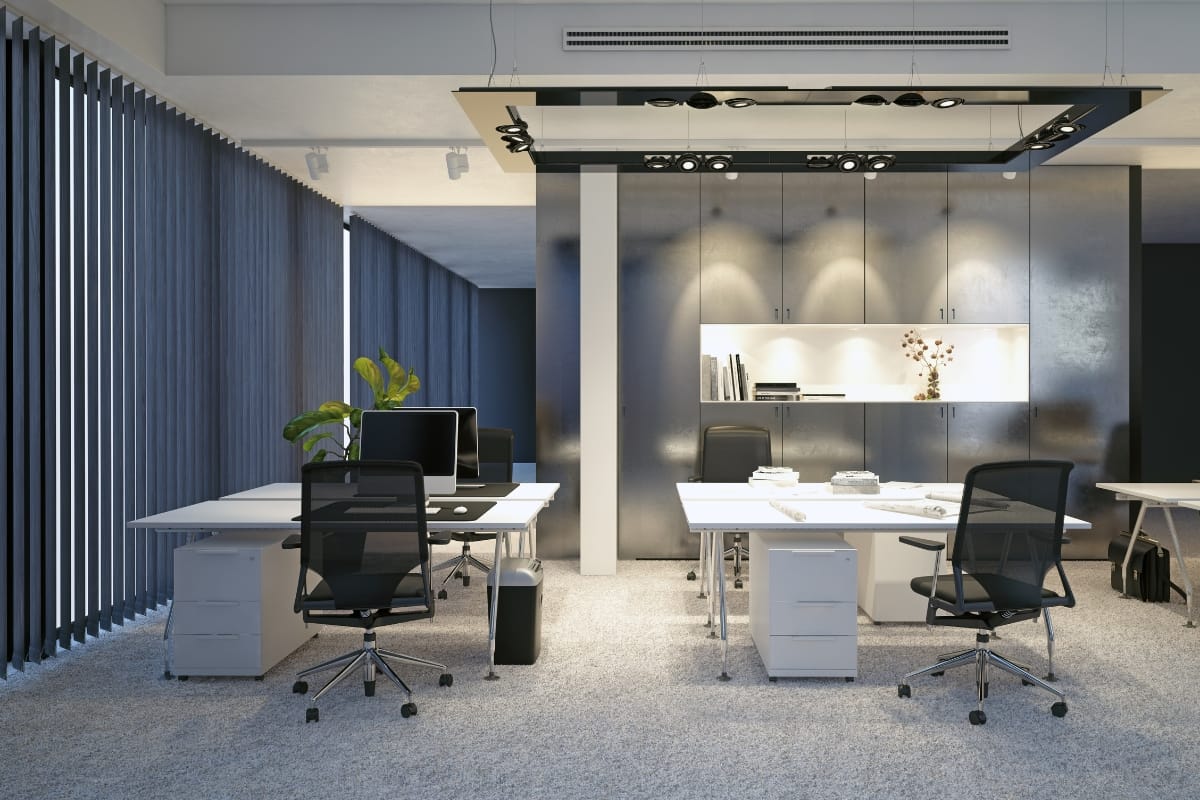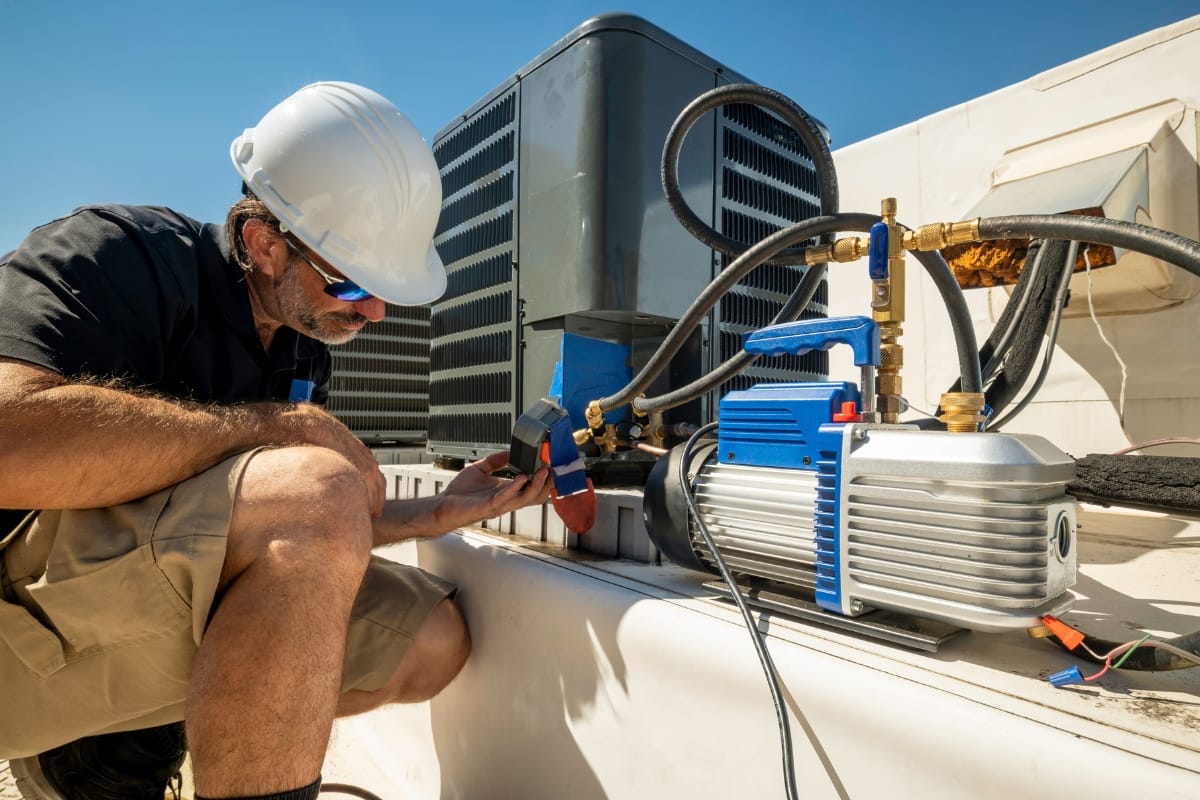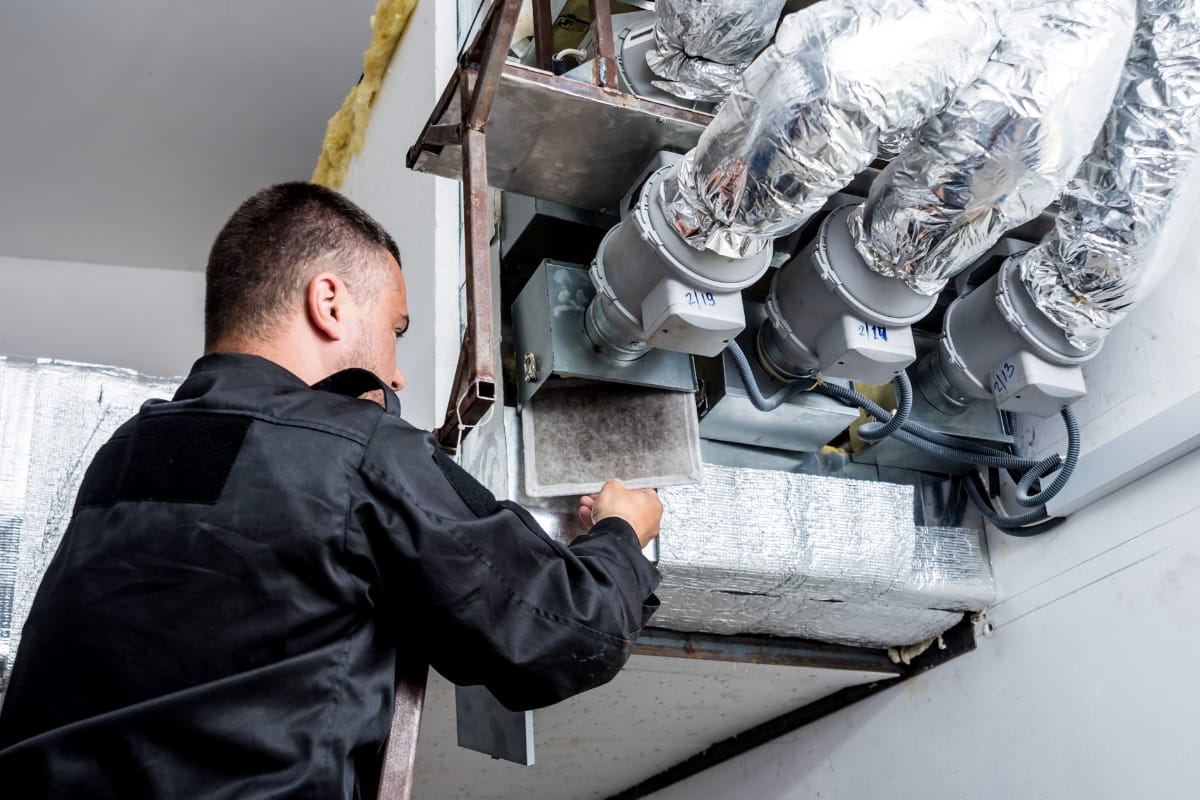In the modern era of commercial building management, integrating smart building IoT tech into HVAC systems is revolutionizing how we control and optimize indoor environments.
These advanced technologies offer unprecedented efficiency, comfort, and sustainability, transforming traditional HVAC operations into intelligent systems that can adapt in real-time to changing conditions and occupancy levels.
In this guide, we’ll explore how smart building technologies are reshaping HVAC for commercial spaces, highlighting the benefits of automation, energy savings, and enhanced user comfort.
Whether you manage a small office or a large commercial complex, discover how embracing these innovations can revolutionize your HVAC operations, leading to improved performance, lower costs, and a more sustainable future.
Get ready to unlock the potential of smart building tech and elevate the efficiency and functionality of your commercial spaces.
Maximize Efficiency, Minimize Costs: How Smart Buildings Are Reshaping Industries
Real-time Data Synthesis for Optimal Climate Control
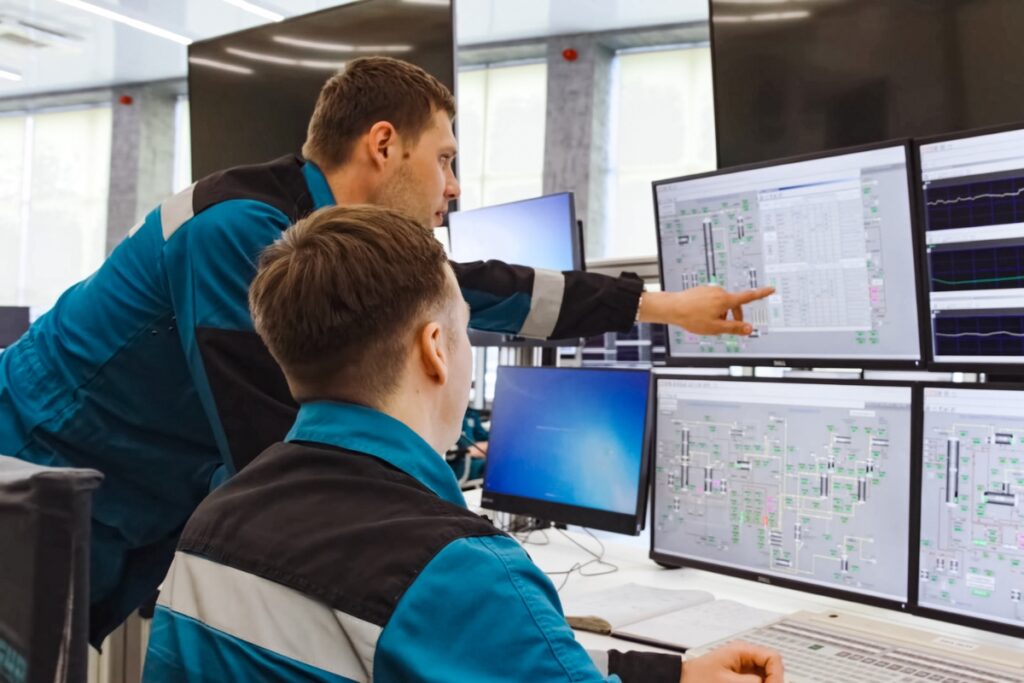
One of the key features of smart building tech is their ability to synthesize real-time data for optimal climate control. Traditional HVAC systems rely on manual adjustments or pre-set schedules, which often result in inefficient energy usage and discomfort for occupants. However, with the integration of smart technologies, HVAC systems can now gather data from various sensors and sources to make intelligent decisions.
For example, occupancy sensors can detect the number of people in a particular area and adjust the temperature accordingly. If a room is unoccupied, the system can automatically lower or raise the temperature to conserve energy. Additionally, these systems can also take into account factors such as humidity levels and air quality to create a comfortable environment.
By continuously analyzing data from multiple sources, smart building tech ensure that climate control is optimized at all times. This not only improves occupant comfort but also reduces energy consumption and lowers utility costs.
Adaptive Systems: Learning from Occupancy Patterns

Understanding occupancy patterns in commercial spaces is crucial for revolutionizing HVAC systems through the integration of smart building tech. By harnessing the power of adaptive and building automation systems, businesses can optimize energy efficiency and create more comfortable environments for occupants.
Smart building tech leverages data from occupancy patterns to adjust heating, ventilation, and air conditioning systems in real-time. These systems analyze when and where spaces are occupied, allowing for personalized climate control based on usage patterns.
By learning from occupancy patterns, smart building tech can predict and adapt to changing environmental needs. This proactive approach not only enhances occupant comfort but also reduces energy consumption, leading to cost savings and sustainability benefits.
Moreover, by integrating adaptive systems that learn from occupancy patterns, commercial spaces can improve air quality and overall environmental conditions. Smart sensors can detect occupancy levels and adjust ventilation accordingly, ensuring a healthy indoor environment.
Weather Forecast Integration for Proactive Climate Adjustments

Incorporating weather forecast data into HVAC systems is another way smart building tech optimize climate control. By accessing real-time weather information, these facility monitoring services can make proactive adjustments to indoor temperatures.
For example, if a heatwave is predicted for the next day, the system can pre-cool the building during off-peak hours to ensure a comfortable environment when occupants arrive. Similarly, if a cold front is expected, the system can adjust heating settings accordingly.
This integration of weather forecast data not only enhances occupant comfort but also maximizes energy efficiency. By aligning indoor temperatures with external conditions, HVAC and energy management systems can reduce the need for excessive heating or cooling and ultimately save on energy costs.
Energy Optimization during Off-Peak Hours

Smart building technology enables energy optimization during off-peak hours, further contributing to cost savings and sustainability. These systems can identify periods of low occupancy or reduced activity and adjust HVAC settings accordingly.
During off-peak hours, when fewer people are present in a commercial space, the system can lower heating or cooling levels to conserve energy. This not only reduces utility costs but also extends the lifespan of HVAC equipment by minimizing wear and tear.
By running HVAC systems less intensively when the demand is low, the overall energy consumption is significantly reduced, promoting a more sustainable operation.
In addition to adjusting temperature settings, smart buildings can also optimize other aspects of energy consumption. For example, smart lighting solutions can control lighting levels based on occupancy, dimming or turning off lights in unoccupied areas.
These systems can also automate the shutdown of non-essential equipment during idle periods, such as office equipment or industrial machines, ensuring that energy is not wasted.
By harnessing the capabilities of smart building controls for energy optimization, businesses can achieve substantial cost savings and contribute to environmental sustainability. The integration of these intelligent systems creates a more efficient and responsive building environment, aligning with modern energy conservation goals and reducing the overall carbon footprint.
Energy Efficiency Strategies Utilized in Smart HVAC Systems
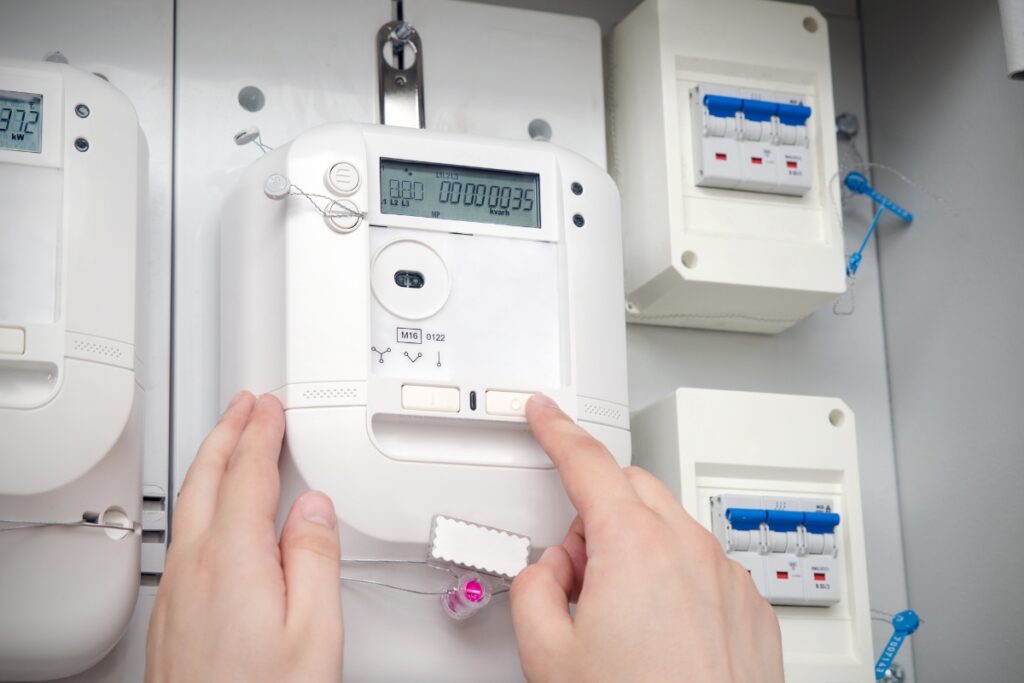
Smart HVAC systems utilize various energy efficiency strategies to minimize waste and maximize performance. These strategies go beyond simple temperature adjustments and encompass a holistic approach to reducing energy consumption.
One such strategy is demand-based ventilation. Instead of constantly supplying fresh air at maximum capacity, smart HVAC systems monitor occupancy levels and adjust ventilation rates accordingly. This ensures that air quality is maintained while minimizing energy usage.
Another energy efficiency strategy is the use of variable speed drives (VSDs) in HVAC equipment. VSDs allow motors to operate at different speeds based on demand, resulting in significant energy savings compared to fixed-speed motors.
Furthermore, smart HVAC systems can also incorporate predictive maintenance algorithms. By continuously monitoring equipment performance and analyzing data, these systems can detect potential issues before they become major problems. This proactive approach not only prevents costly breakdowns but also optimizes energy usage by ensuring that HVAC equipment operates at peak efficiency.
Remote Access and Control Features for Maintenance
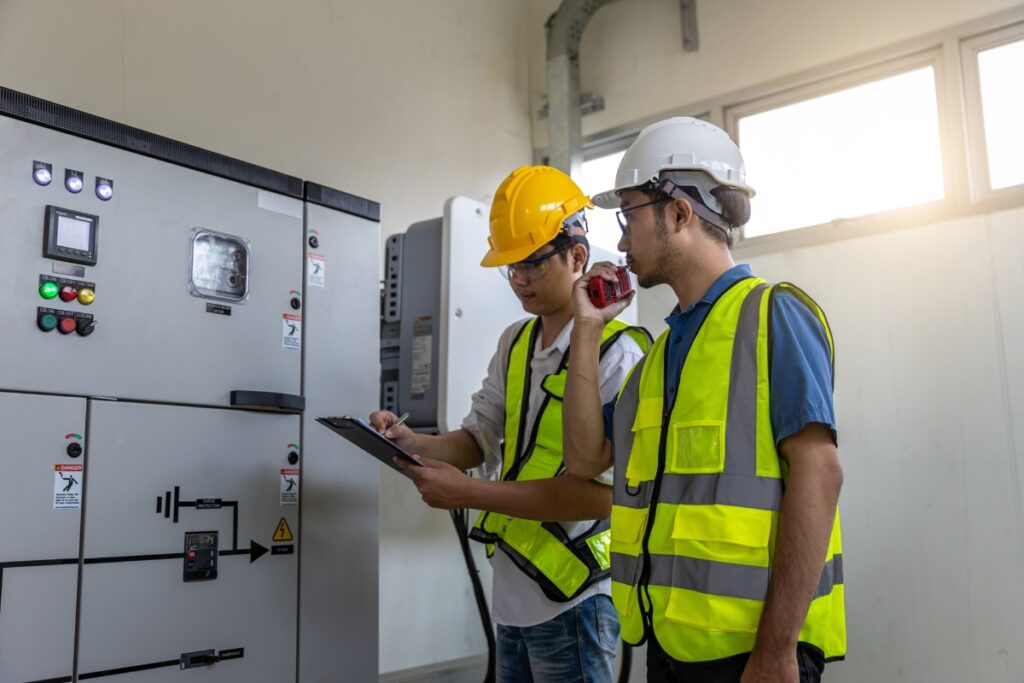
Smart building tech offers remote access and control features that streamline maintenance processes for HVAC systems. Smart building users can control these HVAC settings from anywhere using a computer or mobile device.
These smart building networks allow for quick troubleshooting and adjustments without the need for on-site visits. For example, if an occupant reports discomfort in a specific area, the facility manager can remotely adjust temperature settings or investigate sensor readings to identify any issues.
In addition to reactive maintenance, remote access also enables proactive maintenance and other facilities management. Facility managers can receive real-time alerts and notifications regarding system performance or potential faults. This allows them to take immediate action or schedule preventive maintenance before any major problems occur.
Enhanced Indoor Air Quality Management through Smart Technologies

Indoor air quality (IAQ) is a crucial aspect of occupant comfort and well-being in commercial spaces. Smart building tech play a significant role in enhancing IAQ management by continuously monitoring air quality parameters and taking appropriate actions.
Sensors integrated into HVAC systems can measure factors such as CO2 levels, particulate matter, humidity, and volatile organic compounds (VOCs). If any of these parameters exceed acceptable limits, the system can automatically increase ventilation rates or activate air purification systems.
This automation ensures that air quality remains within healthy standards without manual intervention, enhancing overall indoor environment quality.
Moreover, smart technologies can also provide real-time feedback on IAQ to facility managers, allowing them to make informed decisions regarding maintenance or adjustments. This proactive approach ensures that occupants breathe clean and healthy air while minimizing the risk of indoor pollutants. Regular reports and alerts can help identify trends and potential issues before they become significant problems, ensuring a consistently healthy indoor environment.
By leveraging smart technologies for IAQ management, businesses can improve occupant health and productivity, reduce absenteeism, and demonstrate a commitment to environmental quality. This integration not only enhances the immediate comfort of building users but also aligns with broader sustainability and wellness goals.
Cost Savings and ROI Analysis of Smart Building Technology
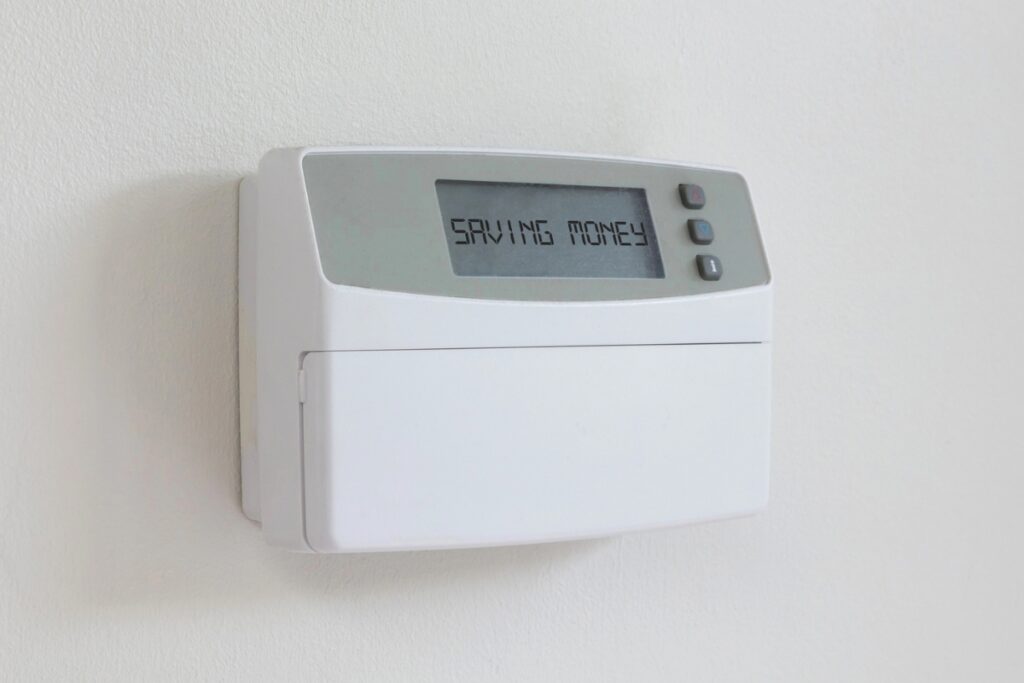
Implementing smart building HVAC systems offers significant cost savings and a favorable return on investment (ROI) in the long run. While the initial installation costs may be higher compared to traditional systems, the energy efficiency and optimization capabilities of smart technologies result in substantial savings over time.
By reducing energy consumption during off-peak hours, optimizing climate control settings based on occupancy patterns, and integrating weather forecast data, smart building HVAC systems can significantly lower utility bills. These cost savings contribute to a shorter payback period for the initial investment, often making the financial benefits apparent within a few years.
In addition to direct energy savings, smart building tech also minimize maintenance costs through remote access and proactive maintenance features. By detecting issues early on and streamlining troubleshooting processes, these systems reduce downtime and prevent costly repairs. Predictive maintenance alerts allow for timely interventions before minor issues escalate, further enhancing operational efficiency.
Moreover, smart HVAC systems contribute to increased asset value and tenant satisfaction due to improved indoor comfort and reduced environmental impact. The combination of energy savings, reduced maintenance expenses, and enhanced property value creates a compelling case for the investment in smart building tech, underscoring their long-term financial and operational benefits.
Why Your Commercial Space Needs Building Automation and Smart Building Controls
The future of HVAC systems in commercial spaces lies in embracing smart building tech. The benefits they bring—optimized climate control, energy efficiency, enhanced occupant comfort, and streamlined maintenance—are too significant to ignore.
Revolutionize your commercial space with smart building tech and advanced commercial HVAC solutions from Galgon HVAC & Mechanical Service. Contact us today at (404) 352-1500 or fill out our website form for a service request. Let Galgon HVAC & Mechanical Service elevate your commercial HVAC system with cutting-edge smart technologies for a more sustainable and productive environment.

